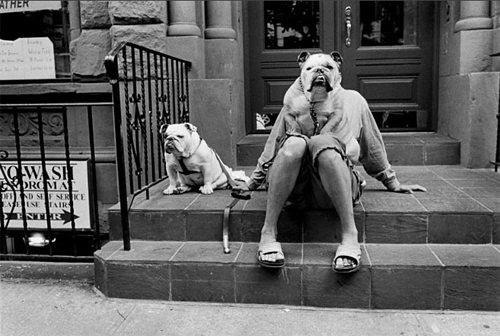Fascination About Street Photographers
Table of ContentsThe smart Trick of Street Photographers That Nobody is Talking AboutGet This Report about Street PhotographersSome Ideas on Street Photographers You Should KnowOur Street Photographers StatementsStreet Photographers Things To Know Before You Get This
A genre of photography that records day-to-day life in a public area. The very publicness of the setting allows the professional photographer to take honest photos of complete strangers, usually without their expertise. Street photographers do not necessarily have a social purpose in mind, yet they choose to separate and capture moments which may otherwise go undetected (Street Photographers).Though he was influenced by a number of those who affected the street photographers of the 1950s and '60s, he was not mainly interested in capturing the spirit of the road. The impulse to visually record individuals in public started with 19th-century painters such as Edgar Degas, douard Manet, and Henri de Toulouse-Lautrec, that functioned side by side with photographers attempting to record the essence of city life.
As a result of the somewhat primitive technology offered to him and the long exposure time called for, he battled to capture the hustle and bustle of the Paris roads. He tried out with a collection of photographic techniques, attempting to discover one that would certainly enable him to record movement without a blur, and he found some success with the calotype, patented in 1841 by William Henry Fox Talbot. While the professional photographers' topic was essentially the same, the results were noticeably different, demonstrating the effect of the photographer's intent on the personality of the photos he created.
Provided the great high quality of his pictures and the breadth of material, engineers and artists frequently acquired Atget's prints to make use of as referral for their very own job, though business interests were barely his main motivation. Instead, he was driven to photo every last residue of the Paris he loved. The mingled enthusiasm and urgency of his mission shine through, resulting in photos that narrate his own experience of the city, qualities that anticipated street digital photography of the 20th century.
Everything about Street Photographers
They reveal the city with his eyes. His work and fundamental understanding of digital photography as an art form acted as motivation to generations of professional photographers that adhered to. The future generation of street professional photographers, though they likely did not refer to themselves thus, was ushered in by the photojournalism of Hungarian-born digital photographer Andr Kertsz.
Unlike his peers, Brassa made use of a larger-format Voigtlnder video camera with a much longer direct exposure time, forcing him to be extra computed and thoughtful in his practice than he could have been if using a Leica.
Cartier-Bresson was a champion of the Leica electronic camera and among the very first photographers to maximize its capacities. The Leica allowed the go to my blog photographer to engage with the environments and to capture moments as they took place. Its relatively little dimension additionally assisted the photographer fade into the background, which was Cartier-Bresson's recommended method.
Getting My Street Photographers To Work
It is due to this essential understanding of the art of photo taking that he is commonly credited with finding the medium all over again roughly a century considering that its development. He took pictures for more than a half century and influenced generations of photographers to trust their eye and instinct in the moment.
These are the questions I shall attempt to answer: And after that I'll leave you with my very own meaning of street photography. Yes, we do. Let's start with specifying what a meaning is: According to (Street Photographers) it is: "The act of defining, or of making something definite, distinctive, or clear"
No, absolutely not. The term is both limiting and misdirecting. Appears like a street digital photography need to be photos of a streets right?! And all road digital photographers, other than for a tiny number of outright novices, will fully value that a street is not the key part to street photography, and in fact if it's a photo of a street with possibly a couple of uninteresting people doing absolutely nothing of rate of interest, that's not road try this website photography that's a picture of a road.
Getting My Street Photographers To Work
He makes a legitimate point don't you believe? While I concur with him I'm not certain "honest public digital photography" will catch on (although I do kind of like the term "candid digital photography") due to the fact that "street photography" has been around for a lengthy time, with lots of masters' names connected to it, so I think the term is here to remain (Street Photographers).
Inside?! I hear you yell as you tremble your clenched fist to the skies. Why not? You can shoot at the beach, at an event, in a street, in a park, in a piazza, in a coffee shop, more info here at a gallery or art gallery, in a city station, at an event, on a bridge, under a bridge ...

Indicators on Street Photographers You Need To Know

Comments on “The 5-Minute Rule for Street Photographers”